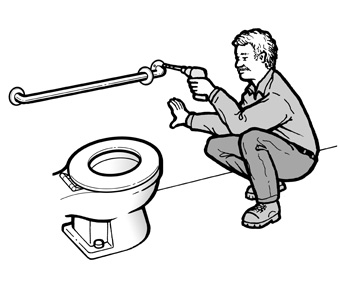



banner.jpg)


Architectural standards for removing barriers
In identifying and removing barriers, you should use the ADA Standards for Accessible Design as a guide. If compliance with these standards is not readily achievable, you should take other readily achievable measures, as long as they are safe. Businesses are not expected to compromise legitimate safety requirements when determining how to remove or correct a particular barrier.
Difference between "barrier removal" and "alterations"
Removing barriers is an ongoing obligation that is not tied to renovations, capital improvements, or alterations. From the ADA's perspective, if a business has physical barriers that can easily be removed or corrected, the business should go ahead and remove them.
The rules for alterations (discussed in lesson 3) apply when a business is making physical changes or improvements to its place of business. From the ADA's perspective, when a business decides to modify, alter, or change an element or space that affects the accessibility or usability of a facility, that activity creates an opportunity - and an obligation - to comply fully with the ADA Standards for Accessible Design.

A workman is installing a grab bar beside a toilet.
Lesson 8 discusses tax incentives for businesses that improve the accessibility of their facilities.
|
|
|
|
|
|




